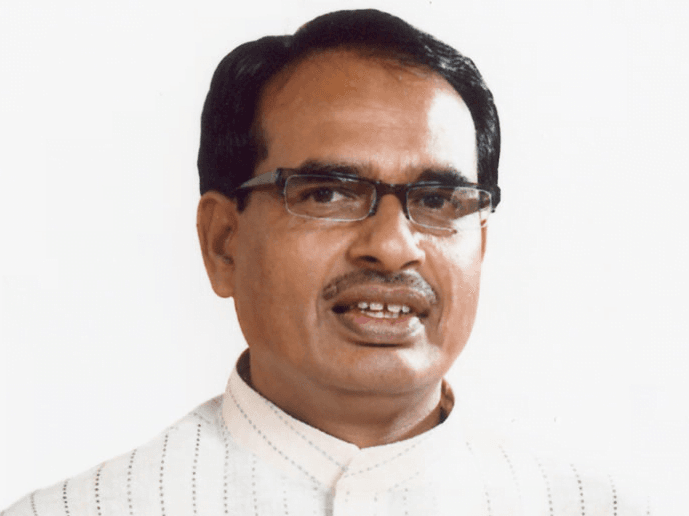Madhya Pradesh bans Sand Excavation in Narmada River
The State Government of Madhya Pradesh has put an indefinite ban on the sand excavation in the Narmada River. This announcement has been made by Chief Minister Shivraj Singh Chouhan in Bhopal. The government has also set up a committee to suggest the scientific ways of mining the rivers. This committee will submit the report to state government after exploring ways for sand excavation without harming rivers. The government will also promote manufactured sand (made by mixing stones).
Background
Illegal sand mining is one of the serious law & order and environmental issues in several states of India including Madhya Pradesh. The business has flourished mainly because of nexus between sand mafia, officers and politicians. Many people including police officers and activists have lost their lives while making attempts to check this illegal activity. The Chief Minister was has been travelling along side Narmada River to make “Save Narmada” a people’s movement through his “Namami Narmada Yatra”. However, in February 2017, his government had faced embarrassment when a company belonging to nephew of chief minister was alleged to be engaged in illegal mining.
The issue of illegal mining in Narmada was sub-judice in state High Court but in July 2015, it was transferred to National Green Tribunal. On the basis of a complaint by Medha Patkar (of Narmada Bachao Aandolan), the NGT had sent a team to investigate the matter. After investigation, NGT had directed state government to take strong measures and report the progress.
About Narmada River
Narmada (giver of pleasure), is one of the largest rivers of India, originating in Amarkantak Hills and flowing through Madhya Pradesh, Gujarat and Maharashtra. It is third largest river after Ganga and Godavari to flow within political boundaries of India. It flows in a rift valley between the Satpura and Vindhya Ranges; and serves as lifeline of Madhya Pradesh. Its basin covers large areas in the states of Madhya Pradesh (86%), Gujarat (14%) and a smaller area (2%) in Maharashtra. In the river course of 1,312 km, there are 41 tributaries, out of which 22 are from the Satpuda range and the rest on the right bank are from the Vindhya Range. Geologically, Narmada River is older than the river Ganges. In Puranas, it has been mentioned as Rewa. In Indian history, the river has played role to divide North India (Uttarpatha) from South India (Dakshinpatha). The Chalukya emperor Pulakeshin-II had defeated emperor Harshavardhana on the banks of Narmada River, thus forcing him to agree this river as his southern border after this war.
Month: Current Affairs - May, 2017






Dr P.Raghavan
May 24, 2017 at 7:16 amM.P Government’s initiative in this regard is indeed laudable.
Dr P.Raghavan
May 24, 2017 at 7:16 amM.P Government’s initiative in this regard is indeed laudable.